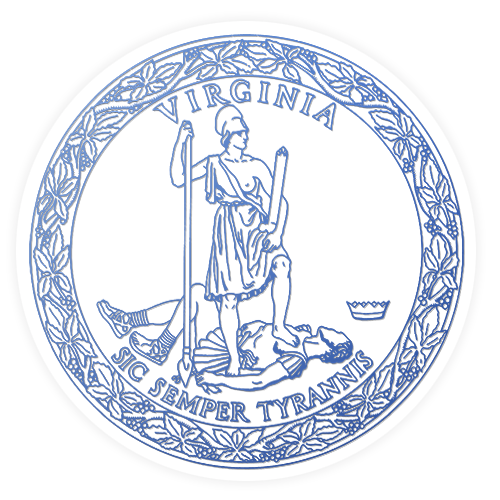
RICHMOND—Governor Ralph Northam today announced the Department of Forensic Science reached its 15,000th DNA Data Bank “hit.” This is a significant milestone in the history of the Data Bank, which was created in Virginia in 1989.
A “hit” occurs when a DNA profile from an unsolved crime is a match with a DNA profile from an offender or another crime scene in the DNA Data Bank. This ability to link previously unsolved crimes to an offender, arrestee, or another case in the Data Bank provides law enforcement with investigative leads, often in cases that have gone cold.
“Each of the 15,000 hits has meant answers and justice for people impacted by a crime,” said Governor Northam. “The databank has led to convictions as well as exonerations, helping make our communities safer. This milestone is a testament to the innovative spirit in Virginia and our investments in science and technology.”
“The Department of Forensic Science has been a pioneer in the use of DNA technology,” said Secretary of Public Safety and Homeland Security Brian Moran. “They were the first state laboratory to offer DNA analysis to law enforcement agencies, and the first to create a Data Bank of previously convicted sex offenders. I am proud of them for reaching this milestone of 15,000 cases. Because of this accomplishment, the Department of Forensic Science was able to assist in solving numerous previously unsolved crimes and help secure a myriad of criminal convictions, as well as exonerations.”
Since the Data Bank was created in 1989, legislation has been passed to broaden the types of crimes for which DNA samples are collected. The Data Bank receives the samples of any person convicted of a felony offense, including juveniles 14 years of age or older who have been adjudicated delinquent of felony offenses. Samples are also collected from persons convicted of other specified misdemeanor offenses, and persons arrested for any violent felony or certain burglary offenses.
When a charge against a person arrested for a qualifying offense is dismissed, or the person is acquitted, the Department of Forensic Science will destroy the sample and associated records. Their record will remain if there is another arrest or conviction that would otherwise require that the person’s sample remain in the Data Bank. There are currently over 480,000 offender and arrestee samples in the Data Bank.
“DNA technology used for the DNA Data Bank has advanced over the years with the addition of robotics to increase efficiency, and the expansion of the number of areas of DNA analyzed—from 8 loci to 20 loci—to enhance sample selectivity,” said Department of Forensic Science Director Linda Jackson. “Each month, our dedicated Data Bank staff analyze the over 1,000 offender and arrestee samples received, typically within two to three weeks. We are proud of the role the Data Bank plays in providing investigative leads to help bring justice in these cases.”
The Department of Forensic Science is a nationally accredited forensic laboratory system, established by Virginia law to provide forensic laboratory services to the Commonwealth’s state and local law enforcement agencies, medical examiners, Commonwealth’s Attorneys, fire departments, and state agencies in the investigation of any criminal matter. Department of Forensic Science scientists provide technical assistance and training, evaluate and analyze evidence, interpret results, and provide expert testimony related to the analyses of physical evidence recovered from crime scenes.
More information about the Department of Forensic Science can be found here.
More information about the DNA Data Bank can be found here.
# # #